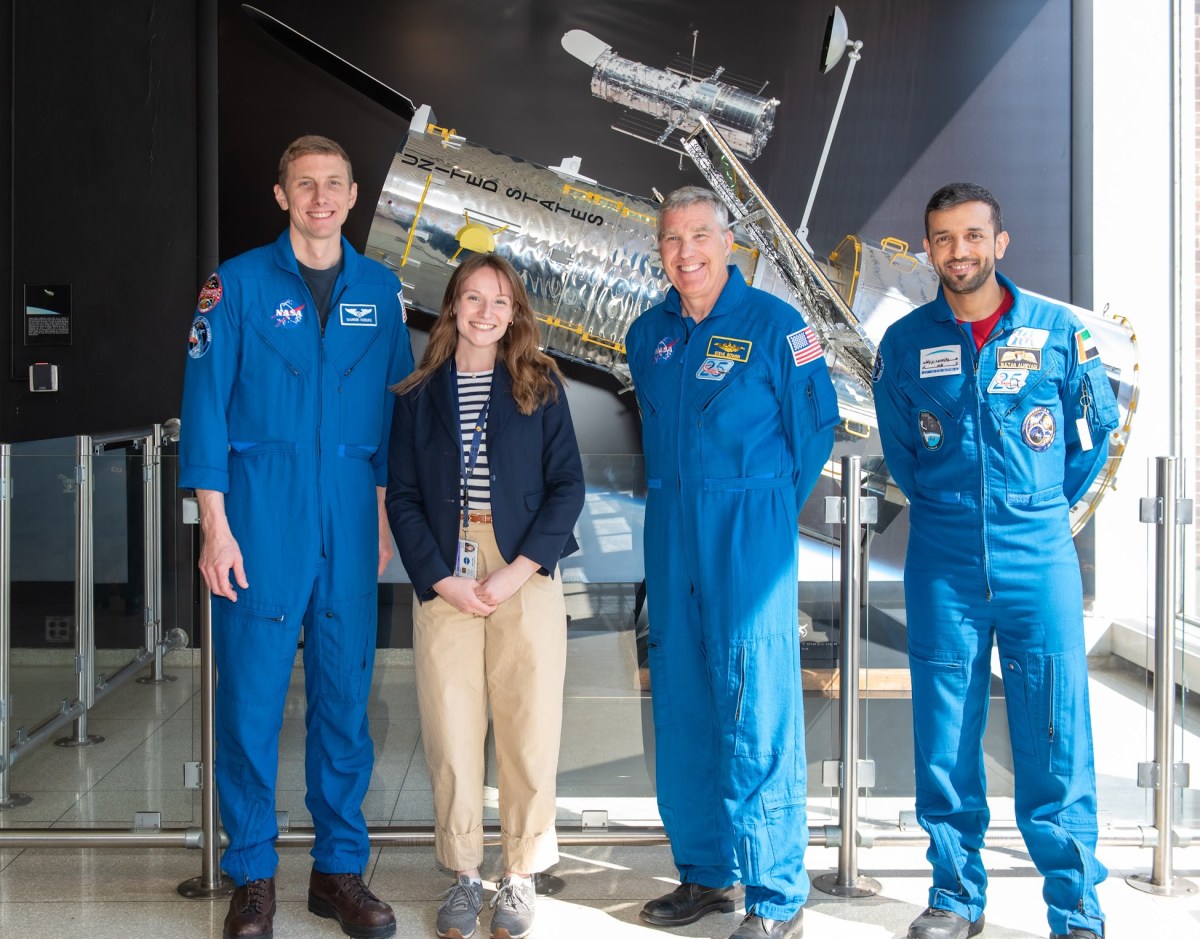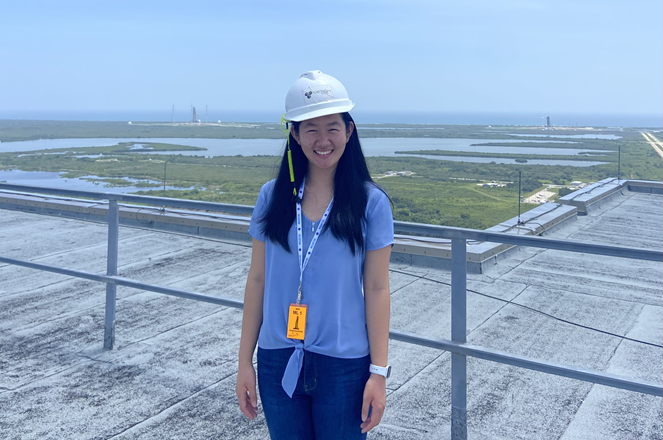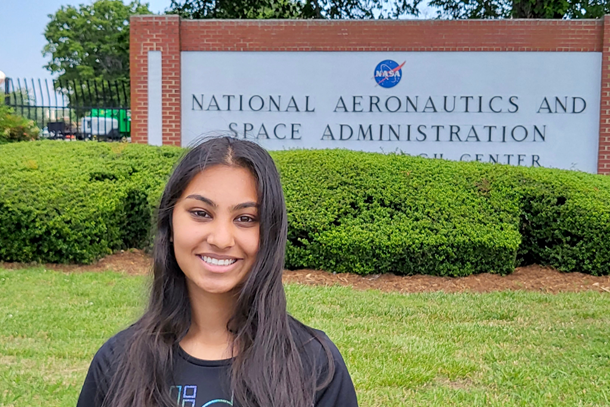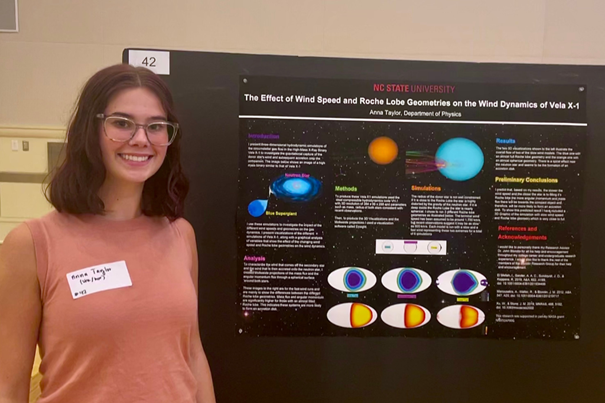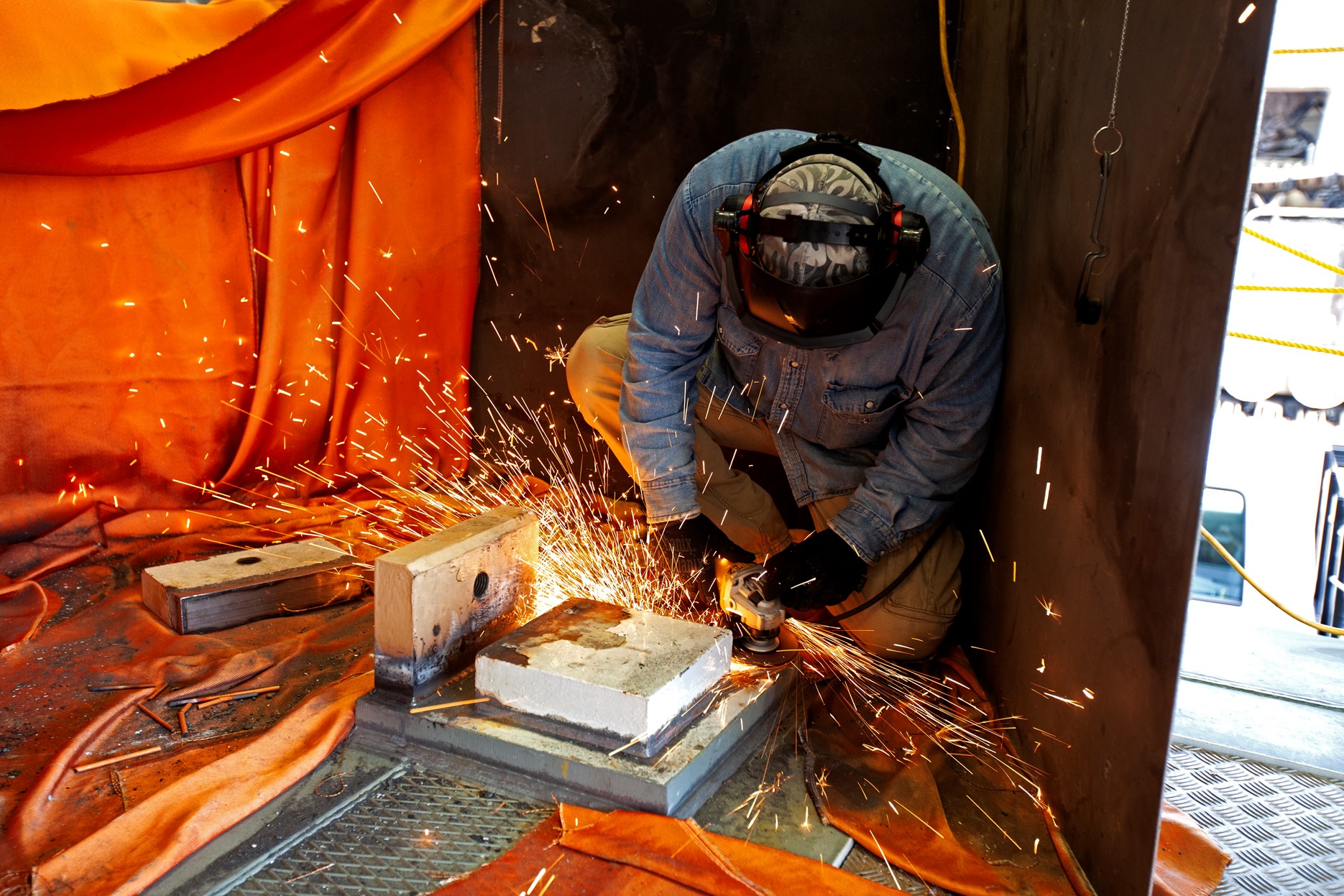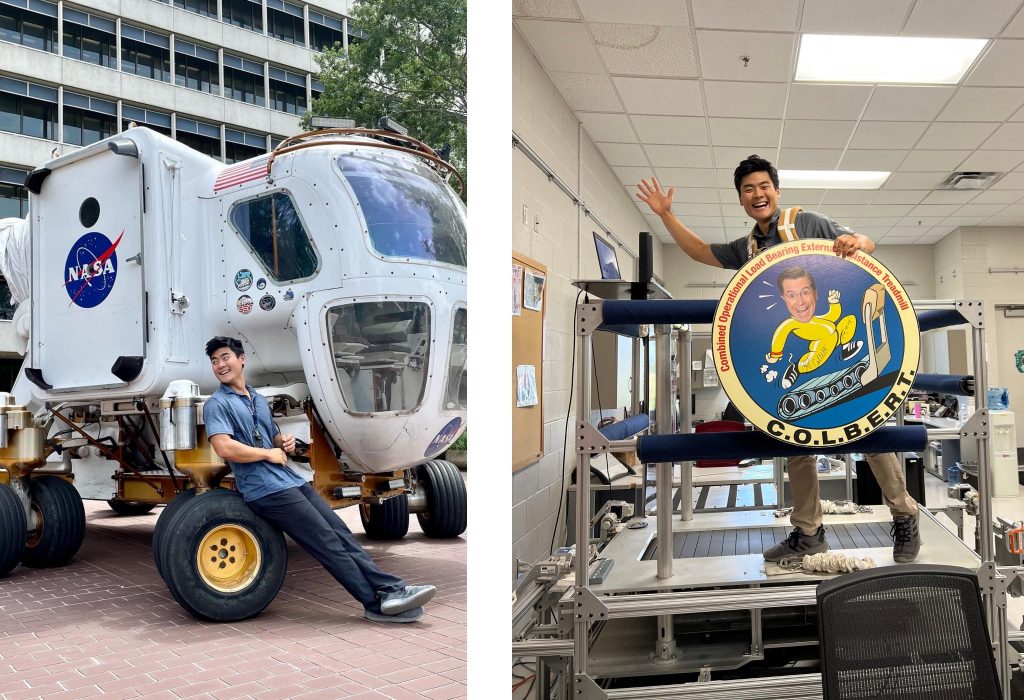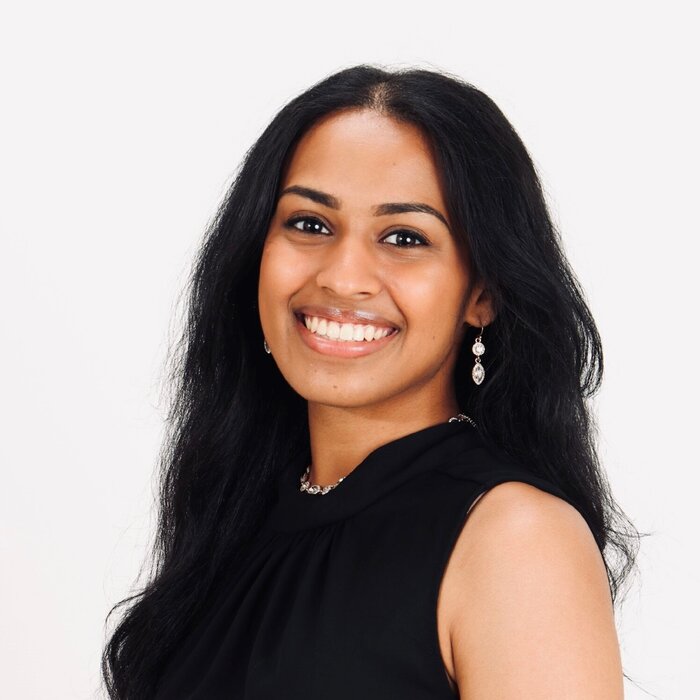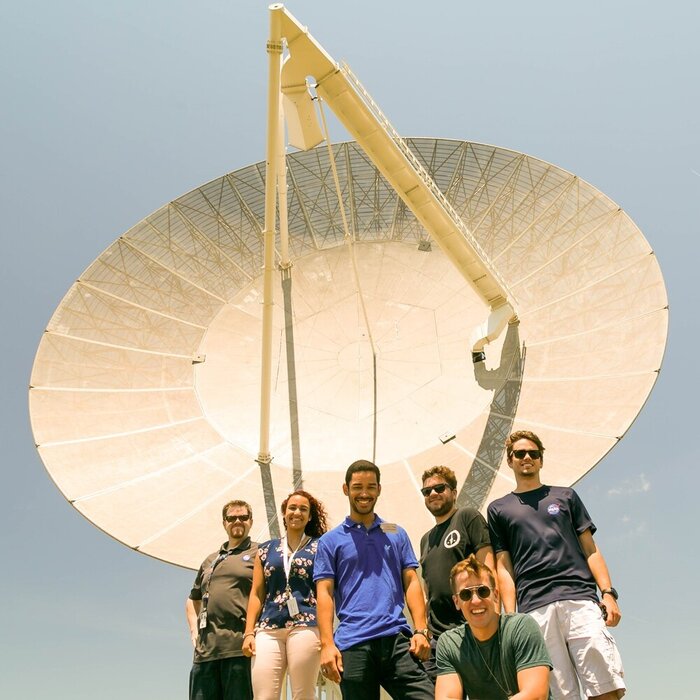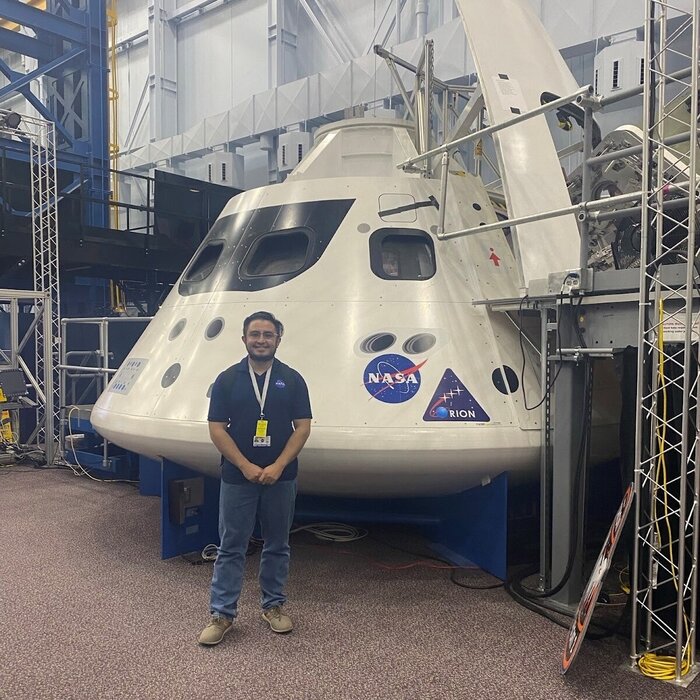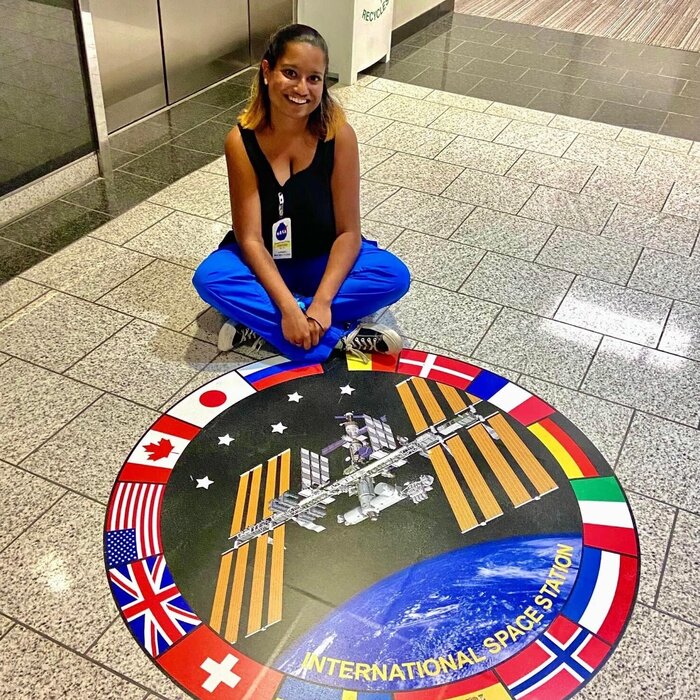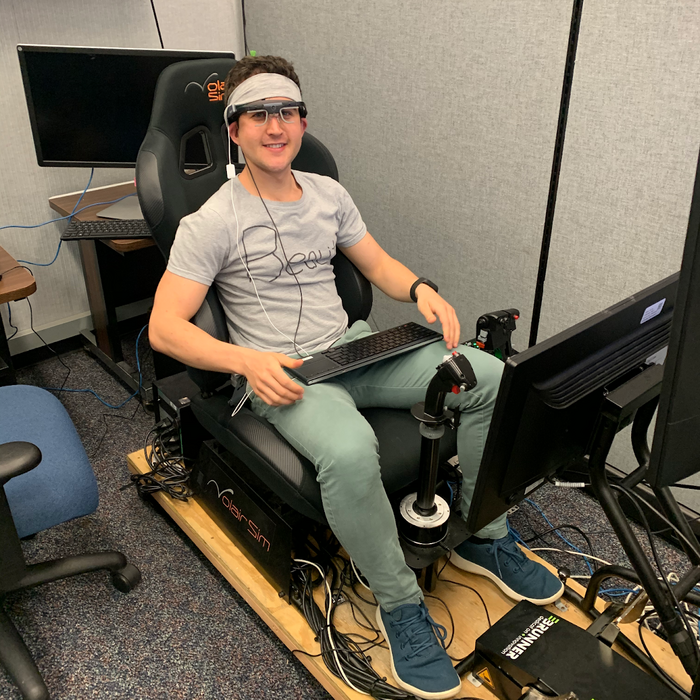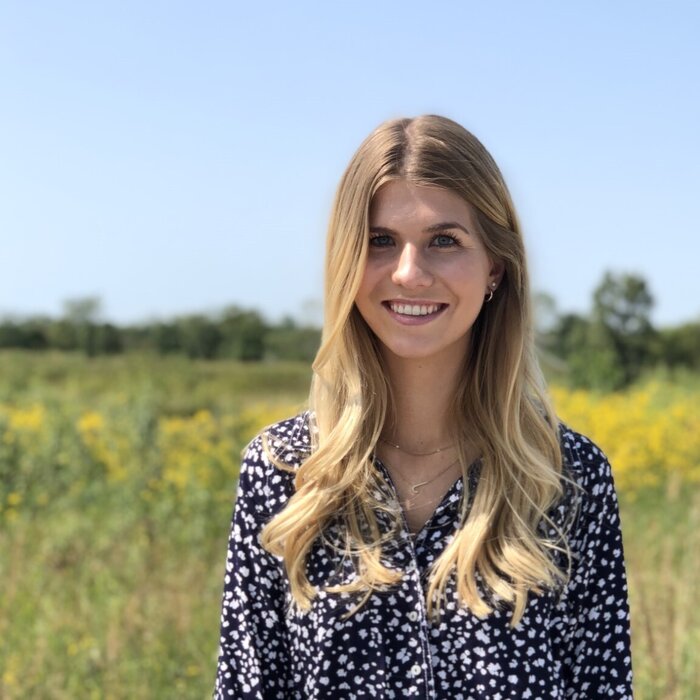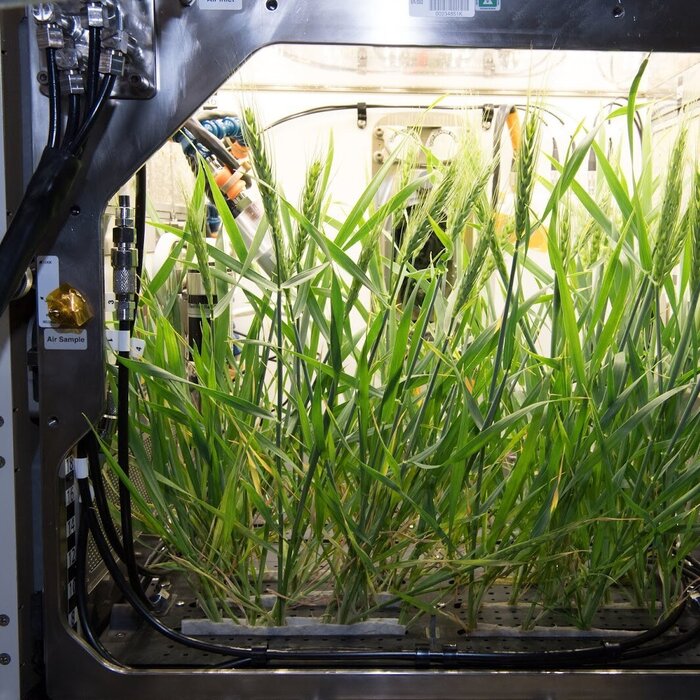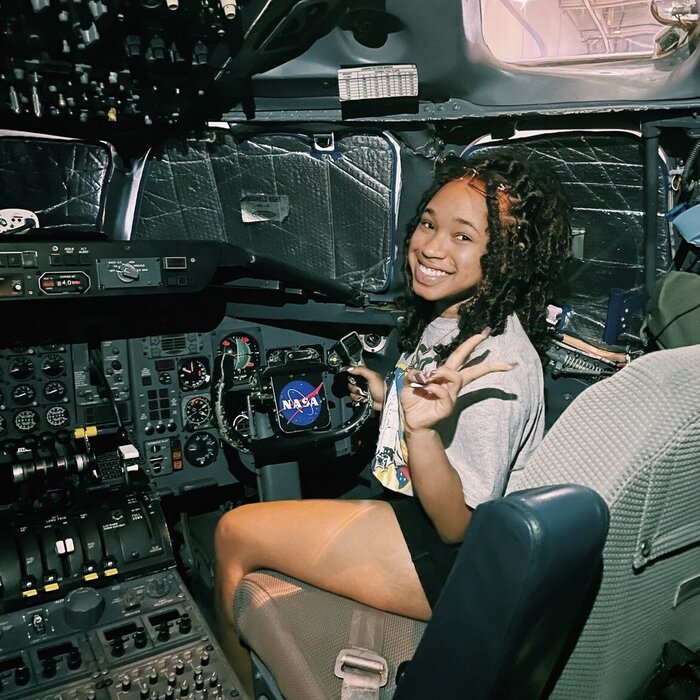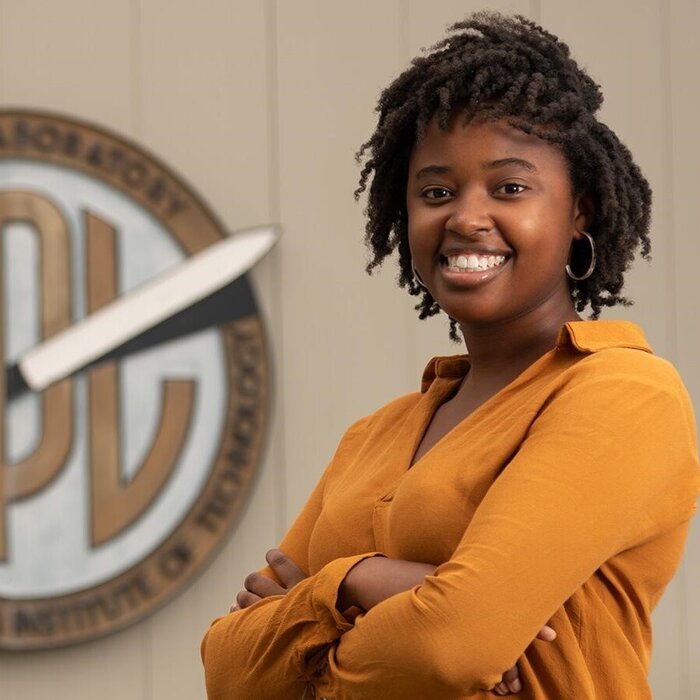NASA studies our own planet more than any other. We observe Earth’s oceans, land, ice, and atmosphere, and measure how a change in one drives change in others. It is critical that the data and science collected through these studies are communicated with the public, as we all have a role to play in preserving our planet.
That is exactly where Julia Tilton comes in. Tilton, an Earth and environmental sciences major, is interning at NASA’s Goddard Space Flight Center in Maryland as a member of the Earth Science news team. She plays an instrumental role in conveying the stories behind NASA’s Earth science missions to the broader public.
In fact, earlier this year, NASA released findings that 2023 was Earth’s warmest year since modern record-keeping began around 1880, and the past 10 consecutive years have been the warmest 10 on record. In her first day interning at NASA, she worked in the control room to confirm upcoming interviews with news stations across the globe as this alarming data was shared publicly.

Tilton’s experiences on the Earth Science news team have ranged from writing engaging stories for platforms like NASA’s Earth Observatory and NASA.gov to contributing to the interactive Earth Information Center exhibit at NASA Headquarters in Washington, D.C., and even interviewing astronauts!
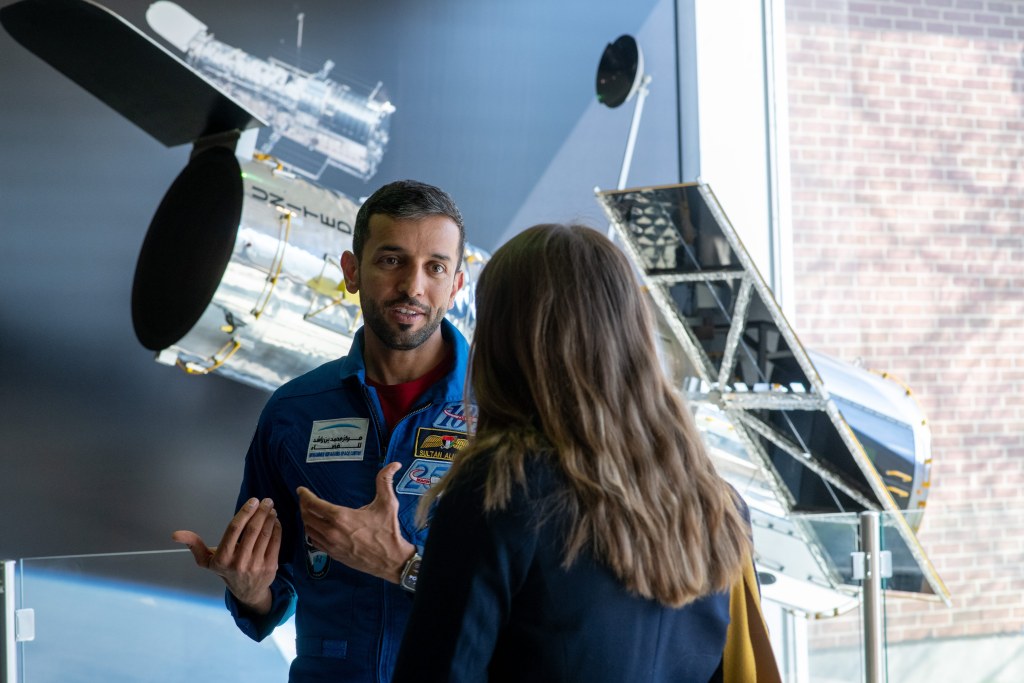
Moving forward, Tilton aims to branch out from science writing.
“Print is just one way in which our society consumes information, ” she said. “I feel it is essential that I gain experience in other media.”
To that end, she aims to continue to support NASA as member of the agency’s audio team contributing to NASA’s portfolio of podcasts.
For others seeking to follow in her footsteps, Tilton shares “A common misconception about interning at NASA is that you have to be extremely knowledgeable about space in order to be a competitive candidate. Instead, I think arriving ready to pursue what you are passionate about and being hungry to hone your craft are what will propel you the farthest. Regardless of your field of interest, I think if you approach an internship striving to explore and grow, you will find space for yourself at NASA.”
Gabriela Carr/NASA Headquarters

